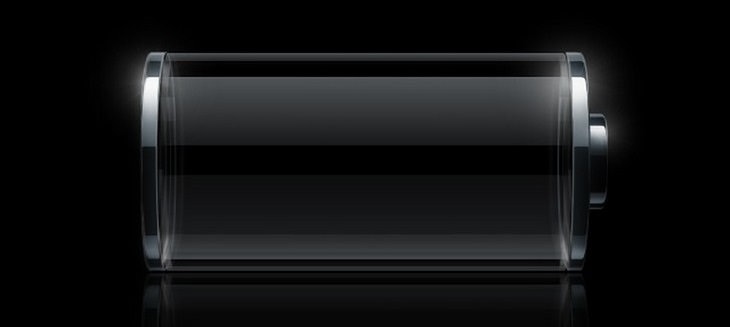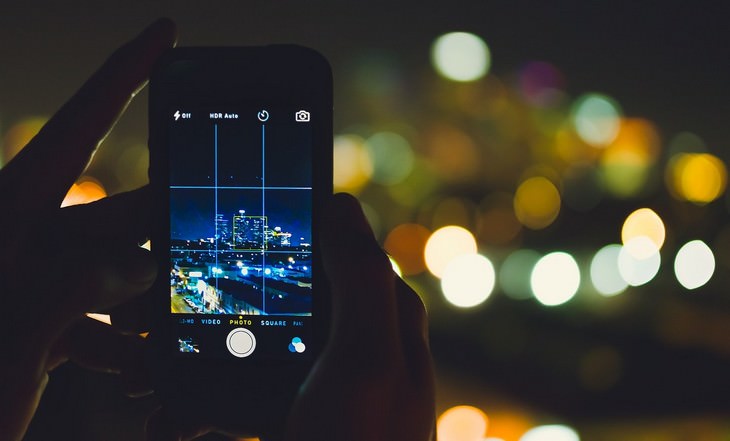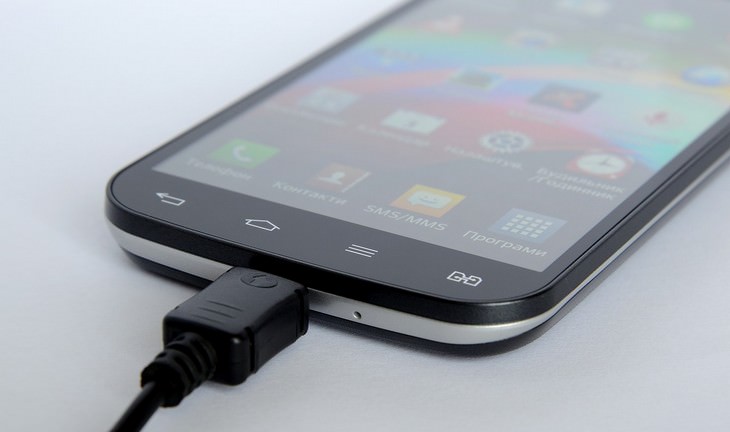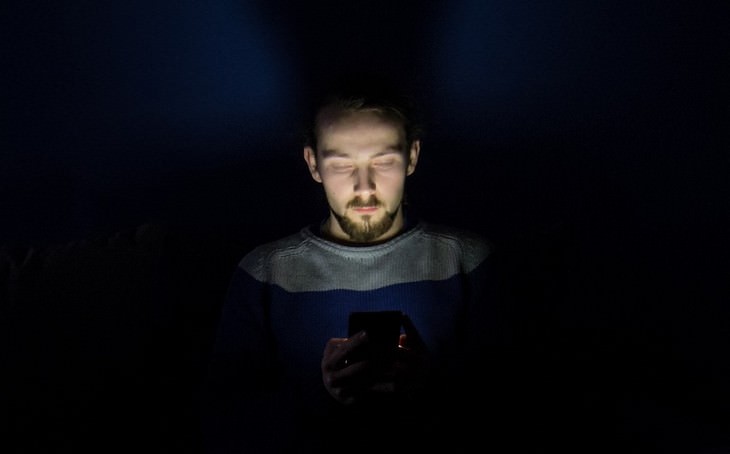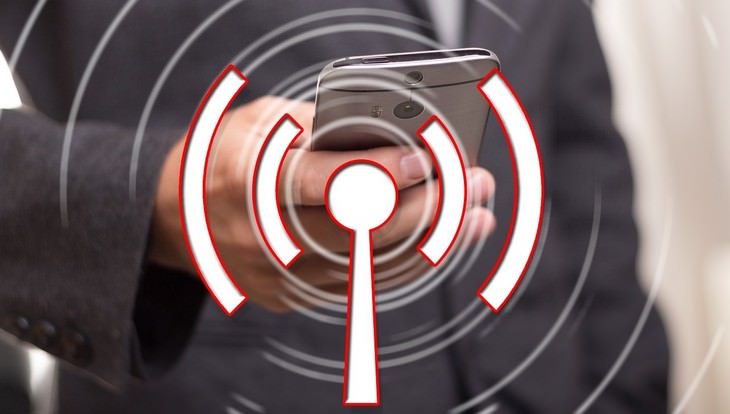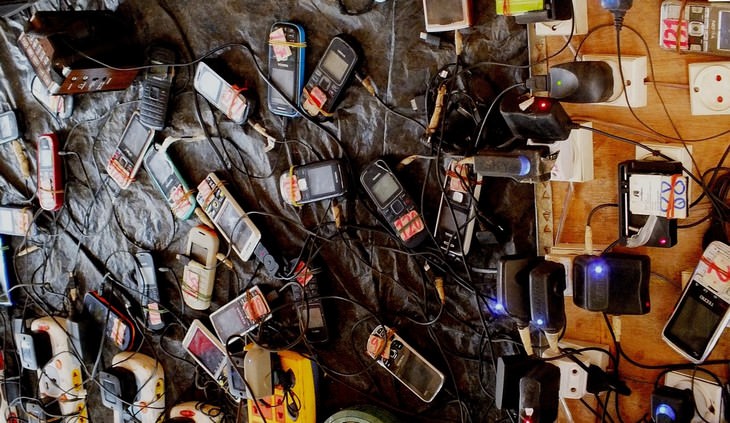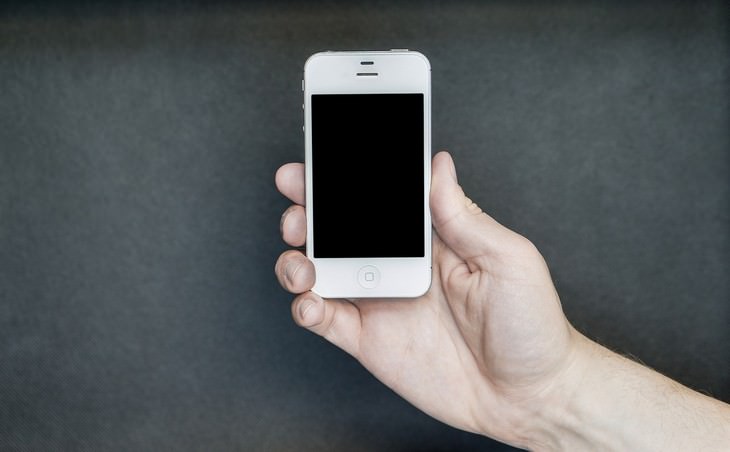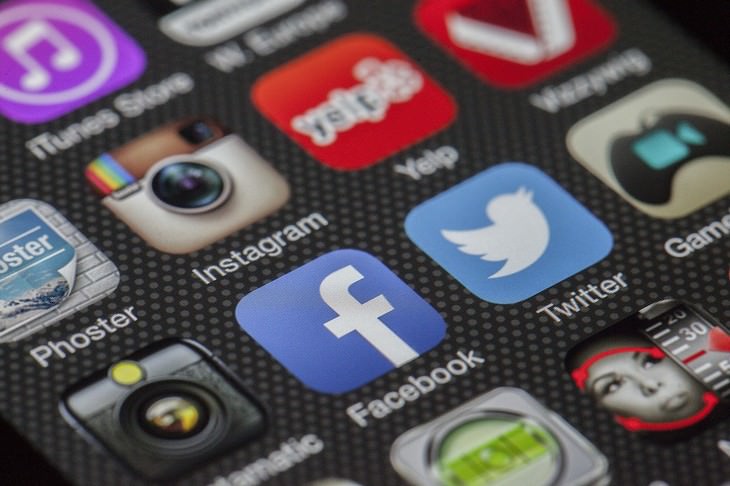If you own a smartphone, you know the struggle of battery-life and performance issues in older models. Most of us were also told that there are certain ways we should treat our devices in order to keep them working in peak condition, preserve battery, etc. You’ll be surprised to learn that some of the things we all think to be true are, in fact, myths:
Myth #1: Let the Battery Drain Before Recharging
Letting your battery drain completely to extend its life was true when manufacturers were still using NiCAD and NiMH batteries. These days smartphones use lithium-ion batteries, which will last longer if you keep them charged. Some experts still recommend letting your battery drain completely once every three months, but this will not extend its life, only help calibrate the phone’s measurement of the charge.
Myth #2: Better Components Mean Better Performance
You would think that buying the newest phone with the best high-end specifications will mean you’ll enjoy a fast device with more battery time than before, and on the surface – you’d be right. However, it was shown on several occasions that some 12-megapixel cameras produced lower quality photos compared to their 8-megapixel counterparts.
Additionally, a phone may have better technology on paper compared to a competitor’s device, but performance may vary due to several factors, such as build quality, application compatibility, and more.
Myth #3: Overnight Charging is Bad for the Battery
This is yet another relic from older phones. Older batteries could not tell when they were full, which led to overcharging – a main cause for shorter battery lifespan. Modern devices monitor the battery’s charge levels and cut charging once it’s full, so there’s no need to worry about leaving your phone charging overnight.
Myth #4: Automatic Brightness Saves Battery
Modern smartphones usually come equipped with a light sensor that can automatically raise or lower the brightness of your screen according to lighting conditions. You may think that this component helps you save battery, but if you truly want to save battery, dim the screen manually, and only increase the brightness when necessary. The reason is that the sensor actually uses more power by communicating with the phone’s processor to decide on what the brightness should be.
Myth #5: Wi-Fi/Bluetooth Drain Your Battery
In earlier models, leaving the Wi-Fi, Bluetooth, or both switched on would drain your battery faster. While these transmitters do need power to function, newer generations use little-to-no power while not in active use. You’re still welcome to switch them on and off at will, but don’t expect to see a significant change in battery life.
Myth #6: Android Devices Are More Vulnerable
Apple’s iOS operating system, which powers their iPhones and iPads doesn’t allow you to install apps from anywhere other than Apple’s official App Store (unless you’re using a “jailbroken” device). Android devices, on the other hand, allow you to install apps from websites, and even download and install apps manually. While Android devices are actually more secure than iOS devices, they can still be vulnerable if you install applications from anywhere.
Myth #7: Only Use the Original Charger
This myth is still propagated by phone manufacturers to get you to buy their chargers at a premium, instead of a knock-off. In fact, the accessory market is one of the most profitable for phone makers these days. Before buying, you should be aware that there is a difference between a poorly made knock-off charger and a replica charger from a reliable manufacturer.
Using a cheap knockoff charger can be dangerous, and has caused fires and small explosions due to poor quality and use of substandard materials. But if you want to get a new charger for your phone, you don’t have to pay the manufacturer’s ridiculously high price, just opt for a reliable replacement from a reputable source.
Myth #8: People Want Smaller Phones
In the early days of cellphones, the devices were large, bulky, and heavy, and were used for not much more than making calls and the occasional text message. During those years, consumers wanted smaller, lighter phones, which led to the development of very small cellphones. With the appearance of the smartphone, people suddenly could use their phones to play games, browse the internet, and more.
This development meant that suddenly screen size became more important than device size. These days we’re seeing devices with 5” and 6” screens that can be a challenge to hold if you’ve got smaller hands, but offer greater comfort during use.
Myth #9: Close Background Apps to Boost Performance
Smartphones allow you to have programs running in the background to speed up multitasking, but more running programs use more battery, no? While true, you would be surprised to know that both Android and Apple devices don’t allow these background apps to use much of the phone’s resources at all.
This myth has made many people, both tech-savvy and not, download “Task Killer” apps, which are designed to end any running tasks. These apps do their jobs, they terminate the apps you tell them to, but that does not mean they are actually improving your device’s performance or battery life.

